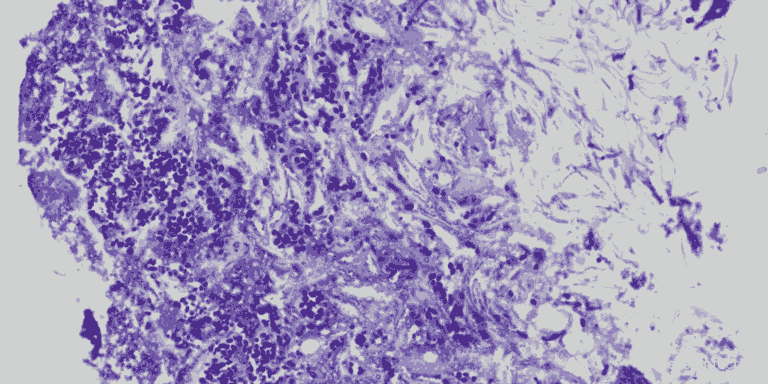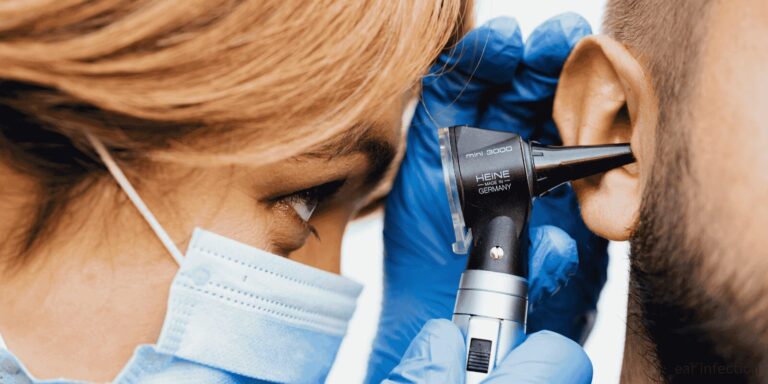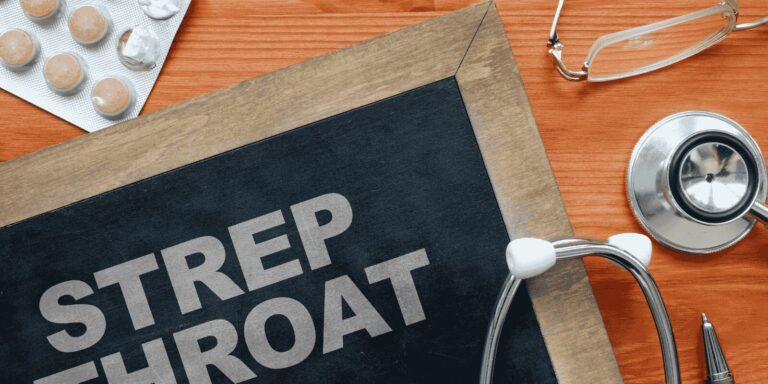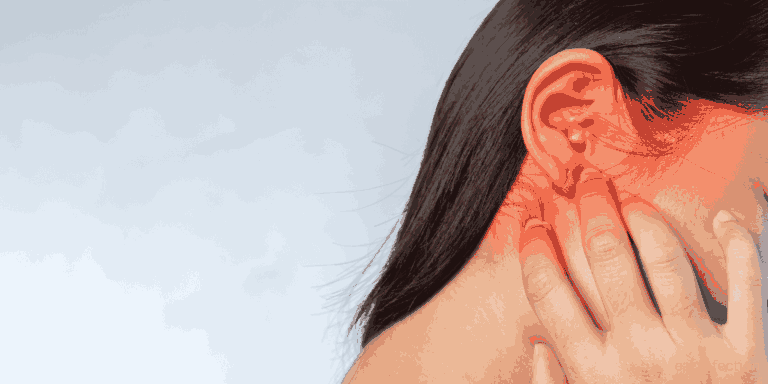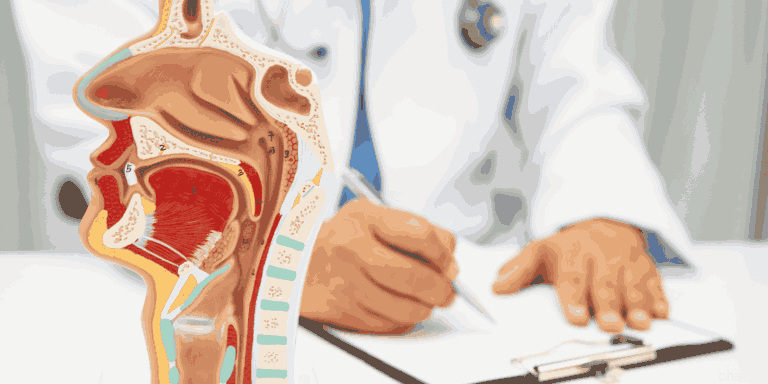Telehealth encompasses four distinct delivery methods, each serving different healthcare needs. Having transitioned from traditional practice to providing modern telehealth through ChatRx, I can explain how each type benefits patients differently.
1. Synchronous (Real-Time) Telehealth This involves live, real-time interaction between patients and providers through video calls, phone consultations, or live chat sessions. Patients and doctors communicate simultaneously, similar to in-person visits but conducted remotely. This works well for consultations requiring immediate back-and-forth discussion, mental health sessions, or routine check-ups.
2. Asynchronous (Store-and-Forward) Telehealth This method allows patients and providers to communicate without being online simultaneously. Patients submit their medical information, symptoms, pictures, and test results through secure platforms. Healthcare providers review this information and respond with diagnoses, treatment plans, or recommendations at their convenience. ChatRx exemplifies this approach—patients describe symptoms through structured questions, and physicians provide treatment recommendations without requiring scheduled appointments.
3. Remote Patient Monitoring (RPM) This involves using technology to monitor patients’ health data from their homes or other remote locations. Devices like blood pressure monitors, glucose meters, or heart rate monitors automatically transmit data to healthcare providers. This allows continuous monitoring of chronic conditions like diabetes, hypertension, or heart disease without frequent office visits.
4. Mobile Health (mHealth) This includes health-related applications, text messaging, and mobile device-based health services. Examples include medication reminder apps, symptom tracking applications, fitness monitors, and health education platforms delivered through smartphones or tablets.
Each type offers unique advantages:
- Synchronous provides immediate interaction and real-time problem-solving
- Asynchronous offers convenience and flexibility without scheduling constraints
- RPM enables continuous monitoring and early intervention
- mHealth puts health management tools directly in patients’ hands
Understanding these different approaches helps patients choose the most appropriate telehealth option for their specific healthcare needs and lifestyle preferences.


